We have been working with the Supermicro X9SKV-1125 platform for the past few months. It is meant for embedded applications and is advertised as being designed for a 7 year life cycle. Supermicro uses heavy duty power delivery components along with an embedded Intel Xeon E3-1125C processor to create an interesting network appliance platform. For those wondering, the Intel Xeon E3-1125C is a 40w TDP, 2.0GHz Sandy Bridge processor with 4 cores and 8 threads. We will have performance figures online soon on the new Linux-Bench results viewer. This is certainly one of the more interesting platforms we have tested recently.
Test Configuration
In terms of configuration, this was a relatively easy to physically configure.
- Supermciro X9SKV-1125 with embedded Intel Xeon E3-1125c
- 16GB (4x4GB) DDR3 SODIMMs
- Intel DC3700 200GB SSD
This platform seems perfect for bare metal configuration services such as Ubuntu MAAS. One should note that the motherboard does not have onboard video out.
Supermicro X9SKV-1125 Overview
The Supermicro X9SKV-1125 is a Flex ATX motherboard. That means it is 9″ x 7.2″ in size.
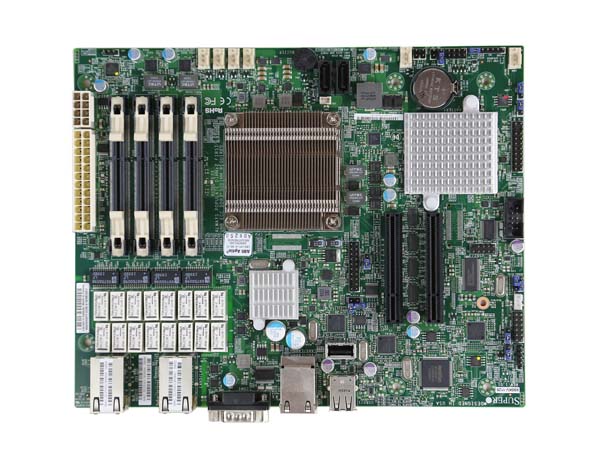
At the center of the motherboard is a 40w TDP Intel Xeon E3-1125C processor and the Intel Communication Chipset 8903.The embedded Intel Xeon E3-1125C processor runs at 2ghz (no Turbo boost) and has 4 cores/ 8 threads. Supermicro connects the chip to full 24 pin ATX connector with and 8-pin CPU power connector. Next to this are the 4x DDR3 SODIMM slots which can hold up to 32GB of RAM.
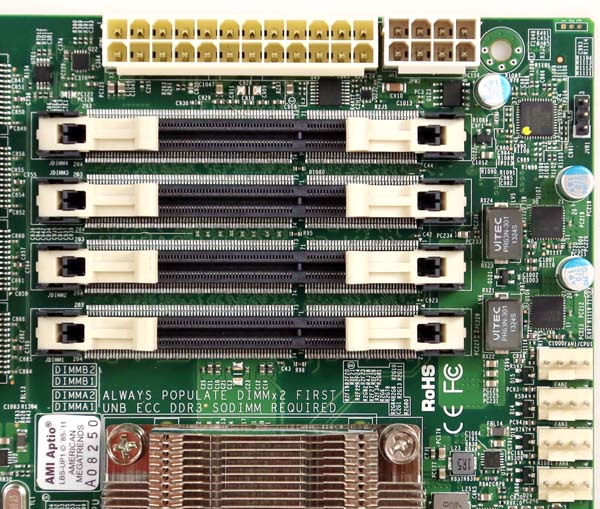
One can see that the Xeon E3-1125C and the PCH are aligned well for airflow. Providing that airflow are six 4-pin PWM controlled fan headers at the edge of the motherboard. Certainly to cool this type of platform there are ample fan headers to power redundant fans if needed.
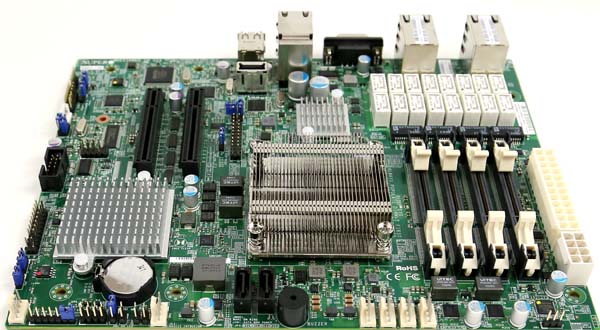
Looking next to the processor are very large Takamisawa components. In fact, it is almost shocking to feel how much heavier these make the motherboard compared to platforms designed for shorter life cycles.
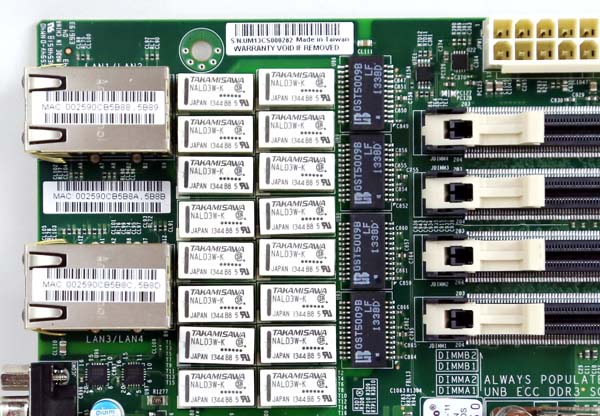
Only one of the two PCIe x8 slots can be utilized at a given time. A user can select these via jumpers. We did try a PCIe x1 video card in these (Zotac Geforce 610 1GB) and it worked perfectly.
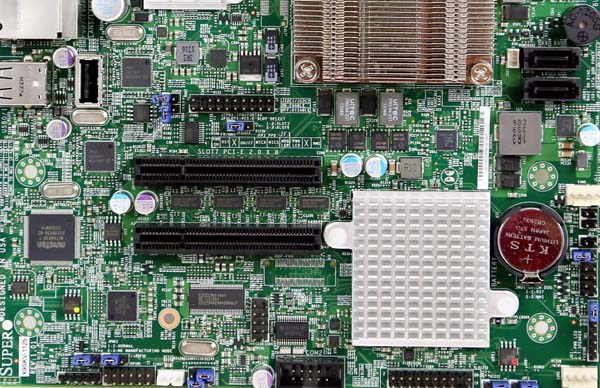
In terms of drive connectivity, there is an internal USB Type-A port and two SATA II 3.0gbps ports. This platform is clearly geared toward a network appliance so there is little need for a large number of storage ports.
The rear panel has two USB 2.0 ports along with one serial connector. Beyond these ports the rear panel has six RJ-45 Ethernet ports. It should be noted that there is no VGA out. Connecting a KVM unit to this motherboard is going to be hard. Instead it is meant to be configured using a bare metal provisioning service such as MAAS or an application stack run off of a USB key or RIAD 1 drives.
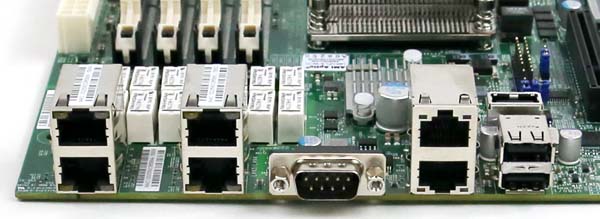
The Ethernet ports are connected to two Intel i210 NICs and an Intel i350-AM4 quad port NIC. Beyond this, one can configure the NICs in bypass mode. This is important for applications such as snort that may analyze traffic that is being passed through the NICs. In addition, the Intel Communications chipset 8903 has QuickAssist technology which can accelerate a range of security and encryption algorithms.

Overall, the platform is well suited for network appliances.
Supermicro X9SKV-1125 Thermal Imaging
We utilized our FLIR Ex series 320×240 thermal imaging camera with the Supermicro X9SKV-1125 after it was heat soaked.

The motherboard performed fairly well. With the Intel i350 and 40w TDP Intel Xeon E3-1125C, good airflow is a requirement but the demands are not onerous. In our test bed meant for much hotter solutions, the component temperatures were extremely low.
Conclusion
Overall the Supermicro X9SKV-1125 is a very interesting platform. The onboard NICs can be configured into bypass mode or as standard NICs. This combined with the embedded design makes the platform well suited towards communications appliances. We will have benchmarks of the Intel Xeon E3-1125C utilized on this platform once the new Linux-Bench.com results are posted.


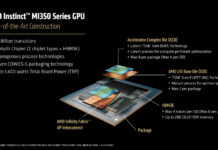
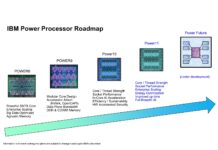
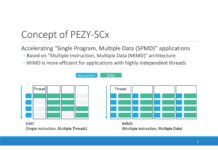
For everyone who’s wondering: current price seems to be about 800 $/750+€
I wish this had video out or ikvm. Easier to configure like that.
What are the coil relays for?